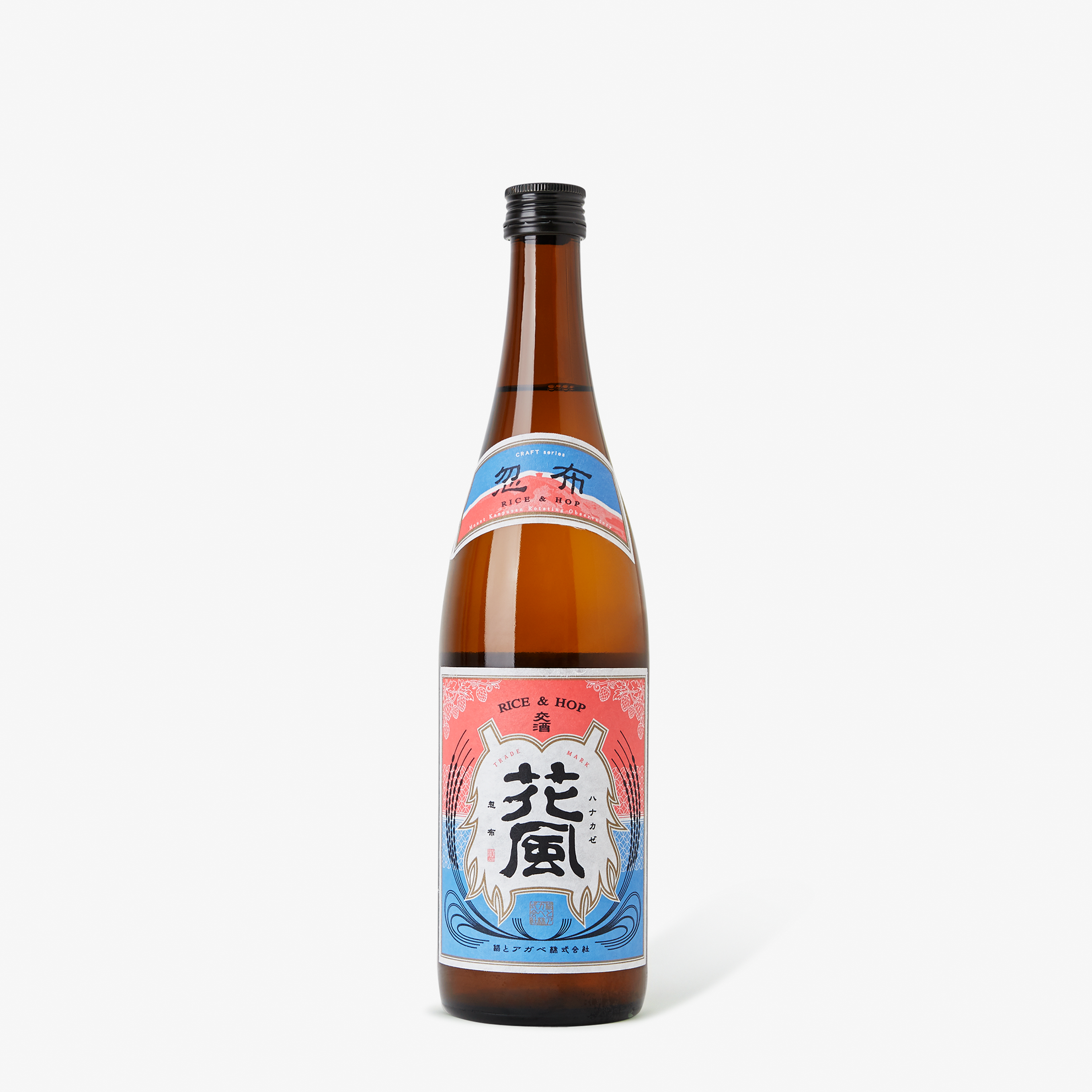

About Ine to Agave

skip carousel
18 Jahre oder älter?
Leider sind die Inhalte dieses Shops für jüngere Besucher nicht zugänglich. Schauen Sie wieder vorbei, wenn Sie älter sind.




Ine to Agave is a craft sake brewery established in the autumn of 2021 in Oga City, Akita Prefecture, Japan. The brewery is housed in a renovated building that was formerly a train station, preserving the historical architecture and character of the space. Founded by Shuhei Okazumi, who moved to Akita in 2014 to work for Aramasa Brewery. Ine to Agave embodies a deep commitment to the local community and culture. The brewery's philosophy, "brewing the terroir of Oga”, reflects a dedication to capturing the essence of the region in every bottle. This approach involves engaging closely with local traditions, ingredients, and people to produce unique and authentic sake offerings. In Japan, the production of traditional sake is highly regulated, with new brewing licenses for domestic sales generally not issued. However, a legal amendment in April 2020 allows new entrants to produce sake exclusively for the export market.
Several times a year, we travel through Japan — dining, tasting, and seeking out bottles that stand out again and again. When they do, we visit the brewery and begin the slow process of building trusting relationships. Many of these brewers don’t export at all, so it can take years before we’re able to bring their sake to Berlin. Unlike traditional import models with many intermediaries, we keep a direct pipeline and a strict cold chain in 5° C — from the brewery to our cooling cellar in Kreuzberg — ensuring every bottle here tastes exactly as it does in Japan. Our Sake Club plays the role of custodian for each brewery, ensuring their unique taste, history, and spirit travel from Japan to our community with care and respect.

It depends on the sake variety. Most sake is best consumed within one to two weeks if kept in the fridge. After that, delicate varieties such as junmai ginjō and junmai daiginjō quickly lose their fruity, floral aromas. Sparkling sake is best enjoyed within one to three days after opening, as it loses carbonation quickly.
Yes. Sake should always be stored in the fridge at a temperature below 8°C. Refrigeration is especially important for nama-zake and to preserve the delicate freshness of ginjō sake. Warm temperatures accelerate oxidation and spoilage.
Enjoy it while it’s fresh! Most sake is best consumed within about a year of leaving the brewery. Nama-zake, in particular, tends to lose its vibrant character after just a few months. Ginjō styles generally have a shorter shelf life than honjōzō and junmai varieties, and are best enjoyed within around ten months.
Sake generally has a higher alcohol content than beer or wine, ranging from 12% up to 18% ABV. The average is around 14.5%.
Yes. Our strict cold-chain import process is essential. All sake is shipped directly from breweries in Japan under strict quality control. It travels in refrigerated containers from Yokohama to Hamburg and is carefully handled until it reaches Berlin, where it is stored in our temperature-controlled cellar.
Yes. At Our Sake Club, we offer guided sake tastings to explore the wide variety of aromas, flavors, and styles. During opening hours, you can enjoy our classic sake flight — a tasting of three different sakes. We also offer seasonal and mainstay selections by the glass. If you fall in love with a particular sake (as often happens!), you can open a bottle to enjoy on-site or take it home.
Yes. We collaborate with local Kreuzberg restaurants Zum Heiligen Teufel and Merold to offer a curated selection of small bites designed to pair with our sake and showcase its versatility.
Yes. For private event inquiries, please contact us at info@oursake.club .